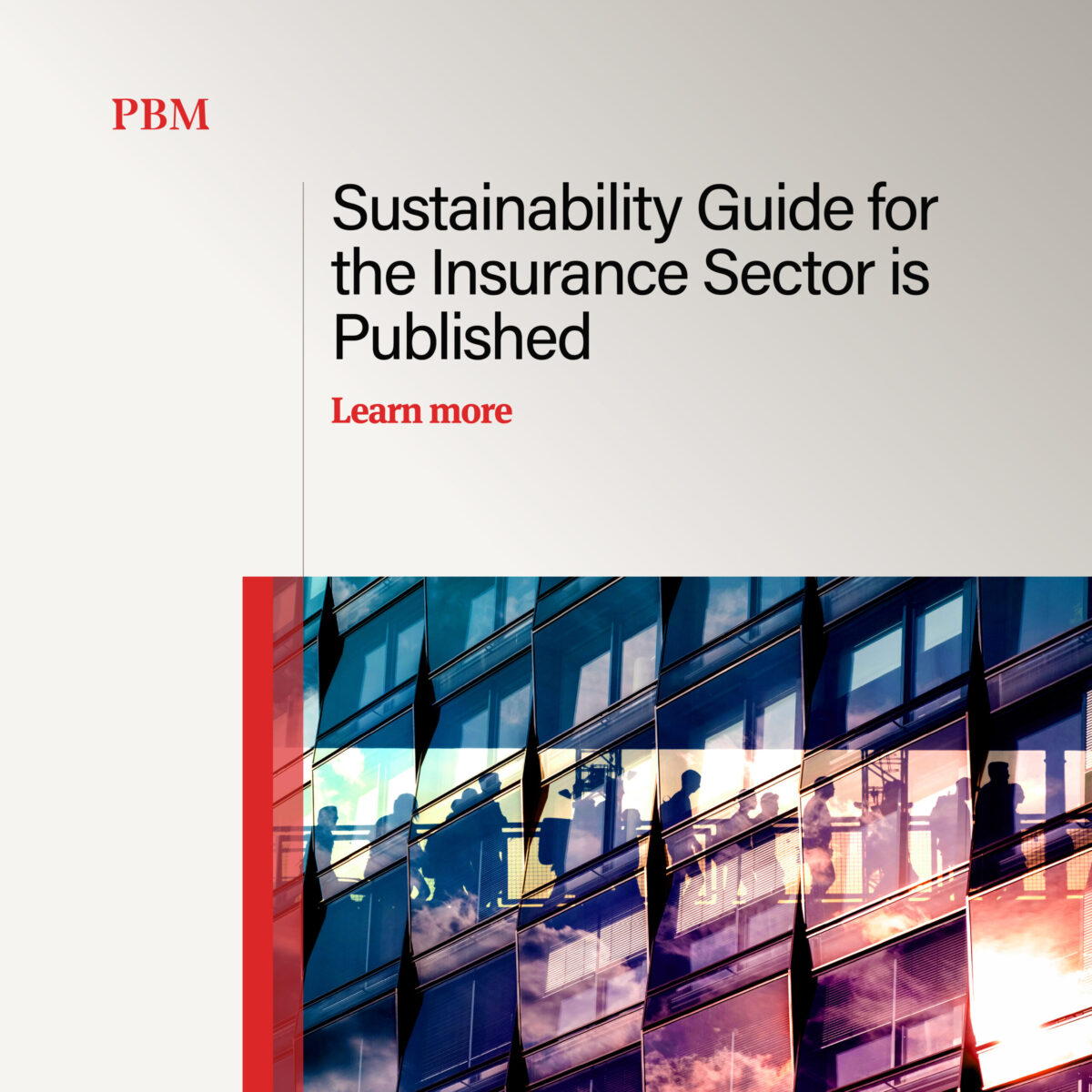Sigorta Sektöründe Sürdürülebilirlik Kılavuzu Yayımlandı
October 30, 2025Anayasa Mahkemesi’nin Kararı Kapsamında İşe İade Arabuluculuğunda Kurallar Yeniden Şekillendi
October 30, 2025
Sustainability Guide for the Insurance Sector is Published
On April 4, 2025, Turkish Insurance Association (“TIA”) published the “Sustainability Guide for the Turkish Insurance Sector” (“Guide”), on TIA’s official website.
The Guide serves as a recommendation for insurance, reinsurance, and pension companies in relation to Environmental, Social, and Governance (“ESG”) principles and integration of the same to their operational processes.
The key points addressed in the Guide are as follows:
Core Sustainability Principles in the Insurance Sector
The Guide identifies six fundamental principles that the insurance sector shall consider in terms of sustainability which are as follows:
- Environmental and Social Risk Management principle, anticipating the management of environmental and social risks.
- Contribution to a Sustainable Economy principle, anticipating the investments and financing by the insurance sector in line with the Sustainable Development Goals (“SDGs”) and ESG criteria.
- Climate Change Mitigation and Adaptation principle, which requires insurance companies to set targets for reducing emissions and report on the process of achieving these targets,
- Stakeholder Engagement and Awareness principle, aiming to increase awareness about sustainability and support stakeholder participation in processes,
- Corporate Governance and Transparency principle, requiring the integration of sustainability principles into governance policies and the transparency of activities,
- Social Benefit and Inclusion principle, requiring observance of equality, compliance with human rights, and financial inclusion.
Sustainable Development Goals in the Insurance Sector
It has been stated that SDGs consist of 17 global goals aimed at addressing various economic, social, and environmental issues facing the world, with the aim of tackling these issues by 2030.
The Guide also highlights the activities of the insurance sector within the framework of the SDGs. Some examples of these works include the establishment of the Agricultural Insurance Pool to support agriculture and providing vocational training through institutions such as TSEV (Turkish Insurance Institute Foundation). These aims are listed as follows:
- Developing more inclusive products to end poverty and hunger, encouraging farmers to engage in agriculture.
- Increasing access to healthcare and encouraging people to live healthy lives.
- Providing quality and inclusive education.
- Promoting gender equality in the insurance sector.
- Providing access to clean water and energy, promoting sustainable methods.
- Promoting decent work and economic growth.
- Developing infrastructure, promoting sustainable industry.
- Reducing income inequality.
- Establishing sustainable cities and promoting sustainable production and consumption habits.
- Combating climate change.
- Protecting aquatic and terrestrial life and biodiversity.
- Promoting peace, supporting effective institutions for this purpose.
Strengthening global partnerships.
Role of Insurance in Paris Climate Agreement
The Guide has highlighted the critical role of the insurance sector as a stakeholder supporting the Paris Climate Agreement in achieving its primary goal of controlling global emissions. Some of the areas where it plays an important role for this purpose are as follows:
- Increasing risk awareness and mitigating the effects of disasters through risk management,
- Investing in climate-resilient infrastructure and supporting agricultural insurance to increase resilience,
- Providing climate finance to support green investments and financing for adaptation to climate change,
- Introducing new insurance products such as Carbon Emission Insurance and Parametric Insurance,
Providing equal opportunities to climate-sensitive segments while ensuring social equality and solidarity.
Role of Insurance in European Green Deal
The Guide also emphasized the role of insurance sector with respect to the European Green Deal especially in managing climate risk, promoting green finance, conducting environmental and social risk assessments, raising awareness about climate change, offering green insurance products and incentives, and issuing sustainability reports.
Risks and Opportunities during Green Transition for the Insurance Sector
Pursuant to the Guide, taking steps toward sustainability creates new risks and opportunities.
Accordingly, green transition poses potential general risks for insurance companies; including exposure to climate change, loss of profits and customers due to sustainable policies, data security breaches, increased investment and costs, loss of reputation and increased costs during compliance with changing regulations. It also carries the risk of increased costs during the transition process due to changes in public policies and legislation.
That being said, from the perspective of insurance companies, there are also potential opportunities; such as the ability to offer green insurance products, more accurate premium pricing and risk prediction through data and risk analysis, adoption of sustainable strategies, increased profitability through green investments, raising customer awareness by adapting to climate change, increased insurance demand through the spread of green technology, and encouraging financially positive outcomes by promoting green certified products.
Conclusion
The Guide is based on the premise that the insurance sector, whose goal is to safeguard the future, has an inseparable relationship with sustainability, and it aims to ensure that the adoption of ESG principles in response to global challenges enhancesthe sector both more innovative and more resilient.
In this regard, the Guide aims to provide guidance for the insurance sector to successfully achieve its sustainability-focused transformation, thereby anticipating that insurance companies will not only strengthen their financial statements but also deepen their positive social impact in line with ESG criteria.


